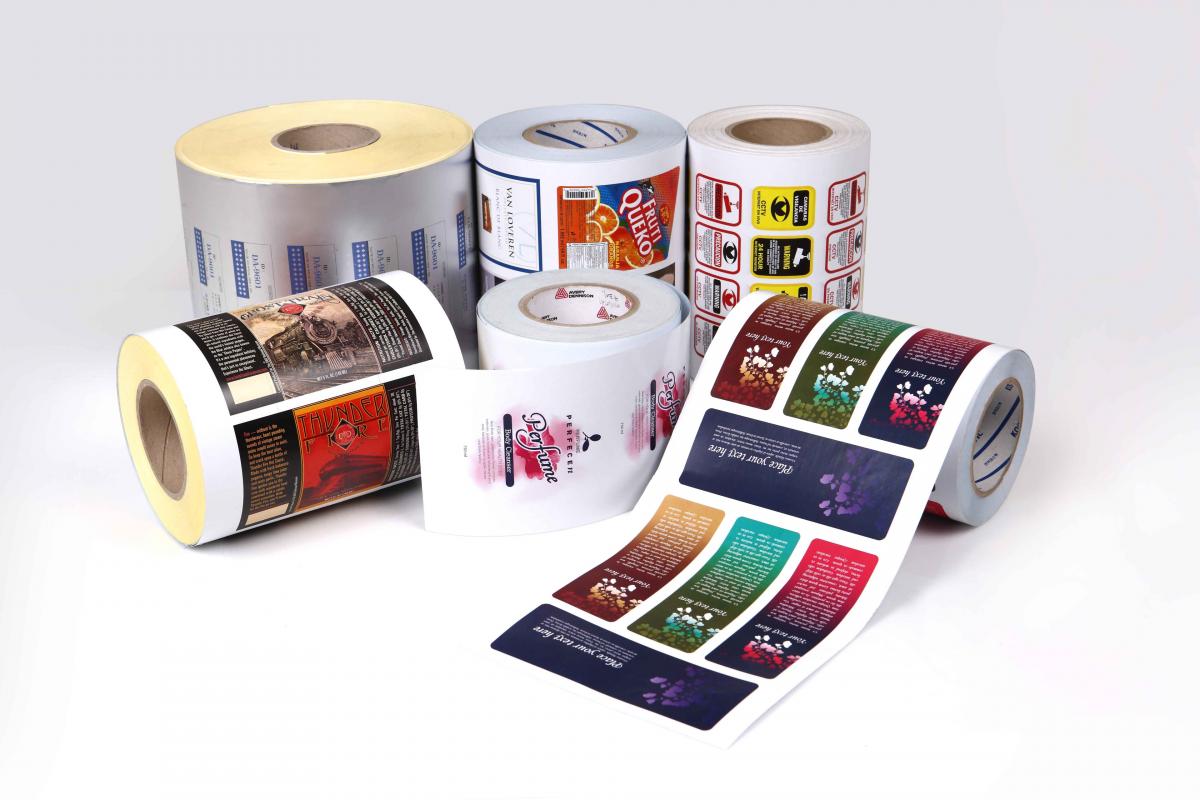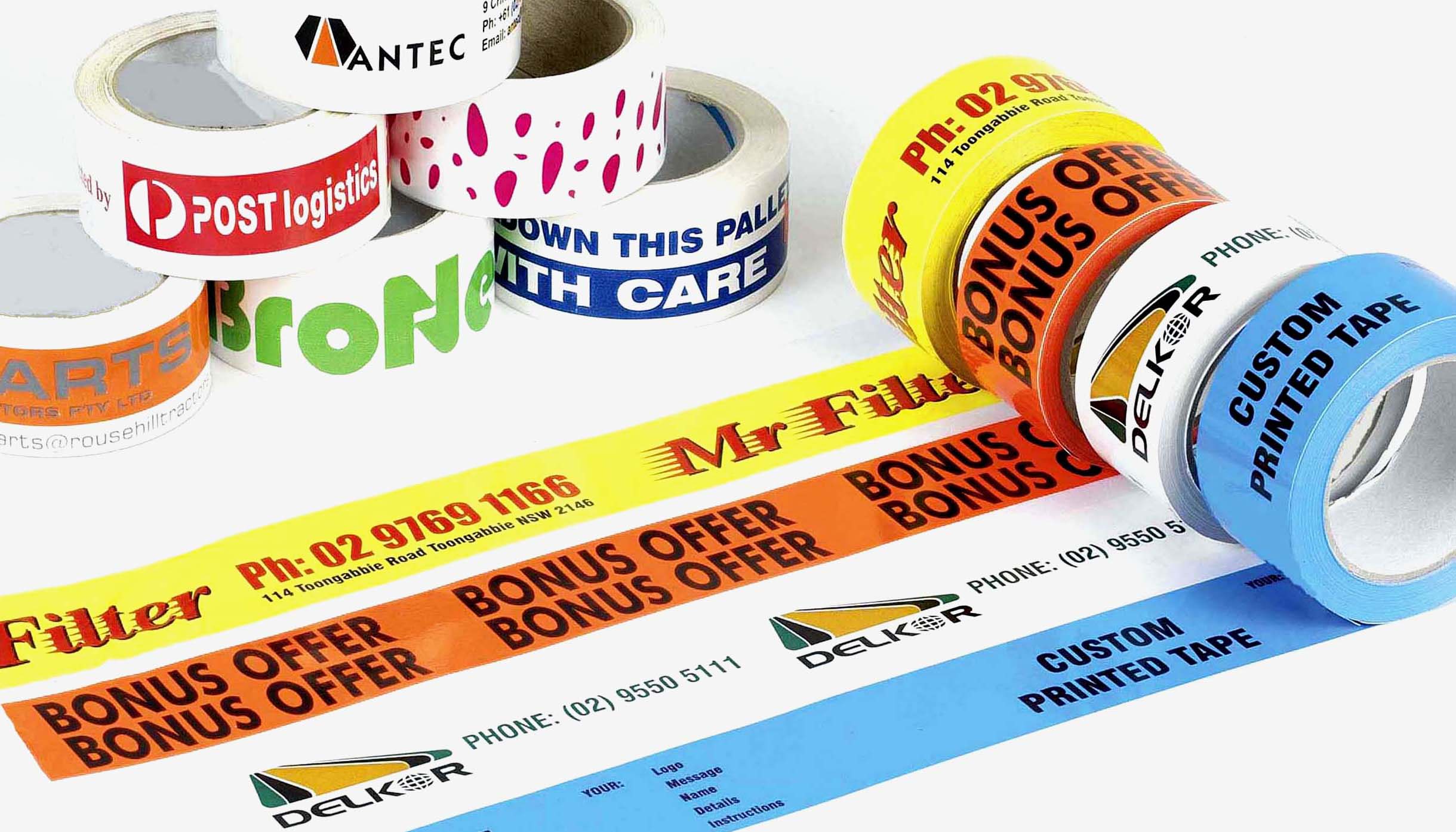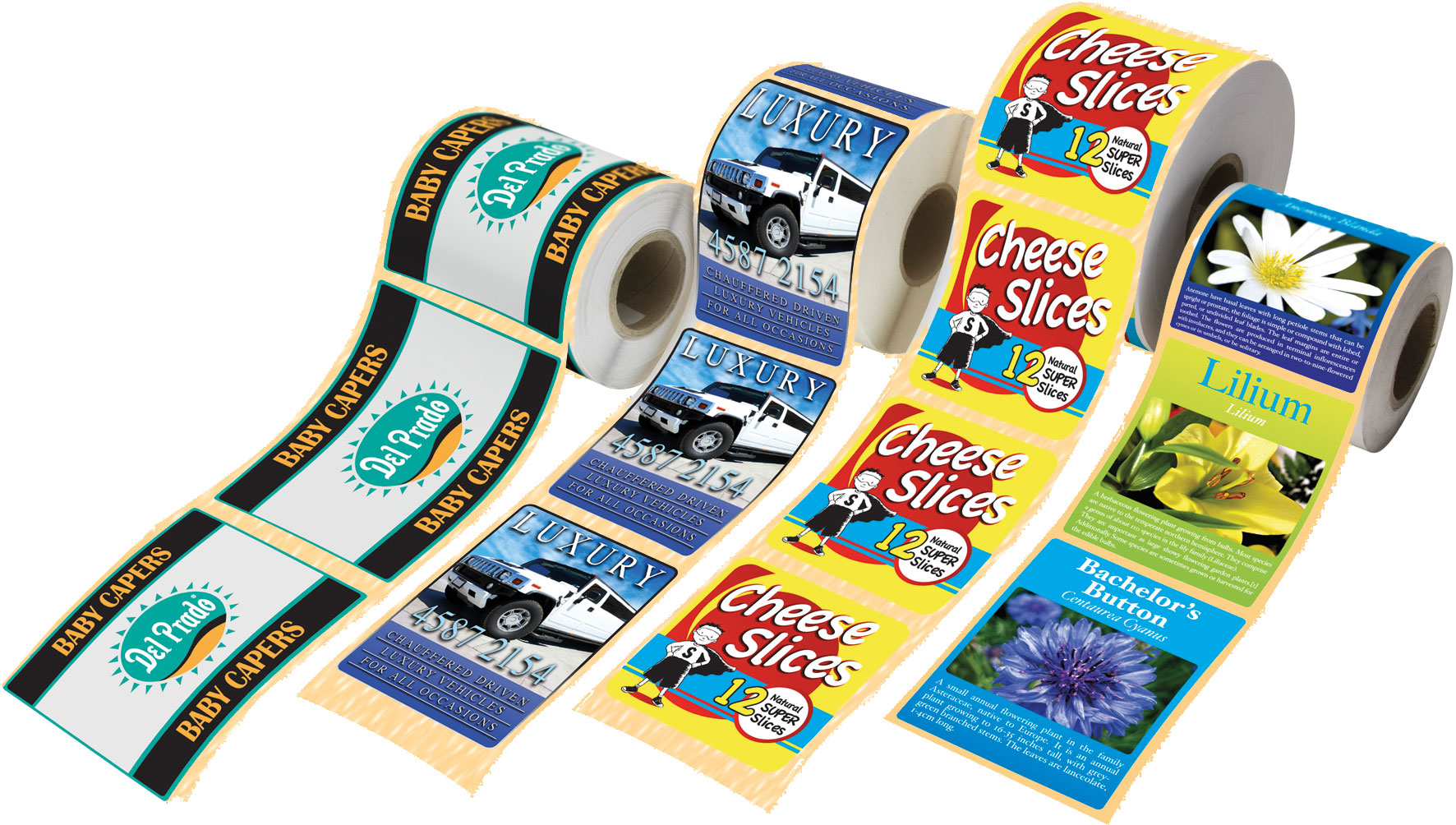3. Excessive static electricity in die-cutting leads to self-adhesive label adhesion: During the die-cutting process, excessive static electricity causes label adhesion. This phenomenon mainly occurs on sheet-cut products. When encountering such problems, we can try the following two methods to solve them.
One is to install an anti-static device on the die-cutting machine. At present, the commonly used static removal devices for die-cutting machines include static removal rods, ion wind, etc. For some older die-cutting equipment, if you do not need to install static removal equipment, you can also consider using static removal copper wires to solve the problem.
The second is to increase the relative humidity of the workshop. The increase of workshop humidity is conducive to the elimination of static electricity. Enterprises with conditions can install automatic humidification system in the workshop to maintain the humidity of the workshop, or use industrial humidifiers to humidify; enterprises without conditions can increase the humidity of the workshop by mopping the floor multiple times. For materials that are particularly prone to static electricity, a humidifier can also be placed next to the machine to locally humidify, thereby eliminating the static electricity of the material.
4. The cutting of film materials is not continuous: when we die-cut all adhesive label, sometimes we find that the materials are not easy to cut, or the pressure is unstable, such as cutting, it will not stop, or the pressure will be high when cutting. The backing paper is cut through. Die-cutting pressure is particularly difficult to control, especially when cutting some relatively soft film materials (such as PE, PVC, etc.), it is more prone to pressure instability. There are several reasons for this problem.
One is the improper use of die-cutting blades. It should be noted that the blades for die-cutting film materials are different from the blades for die-cutting paper materials. The main difference is the angle and hardness. Generally speaking, the smaller the angle, the sharper the die-cutting knife, and the easier it is to cut the material, because film materials have much higher requirements for die-cutting than paper materials. Sometimes some die-cutting manufacturers use die-cutting paper surface material blades to make die-cutting dies by default. This kind of blade is prone to continuous cutting problems when cutting film materials. Therefore, when making a mold, you must communicate with the supplier what material the mold is used for die-cutting. If it is used to die-cut film materials, you need to use a special blade.
The second is the material surface problem. Generally speaking, the film surface layer used to make self-adhesive materials is stretched. The benefits of stretching treatment are: on the one hand, it can increase the strength of the surface material, and on the other hand, it can also improve the suitability of die-cutting. However, the film surface layer of some materials has not been stretched or used directly without stretching, which may cause differences in the toughness or strength of the surface material. Once you encounter this kind of problem, you can change the material to solve it. If you can’t change the material, you can use the circular die-cutting method to solve it.
5. The edge size of the label after die-cutting: Some labels are designed with a frame, and the size of the frame will be found to be uneven during the die-cutting process. This situation is caused by the precision error of the printing machine and the die-cutting machine. Generally speaking, the allowable die-cutting accuracy error of self-adhesive labels is ±0.5mm, while the error range that can be recognized by the human eye is ±0.2mm, that is to say, only the die-cutting error is required for labels with borders when die-cutting. It can be seen by human eyes if it is greater than ±0.2mm. Therefore, the die-cutting accuracy requirements for labels with borders are much higher than those for labels without borders.
Post time: Feb-20-2023





